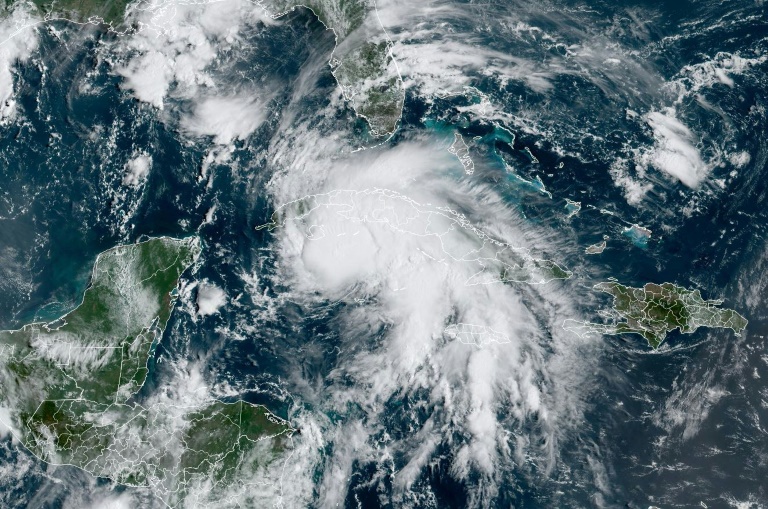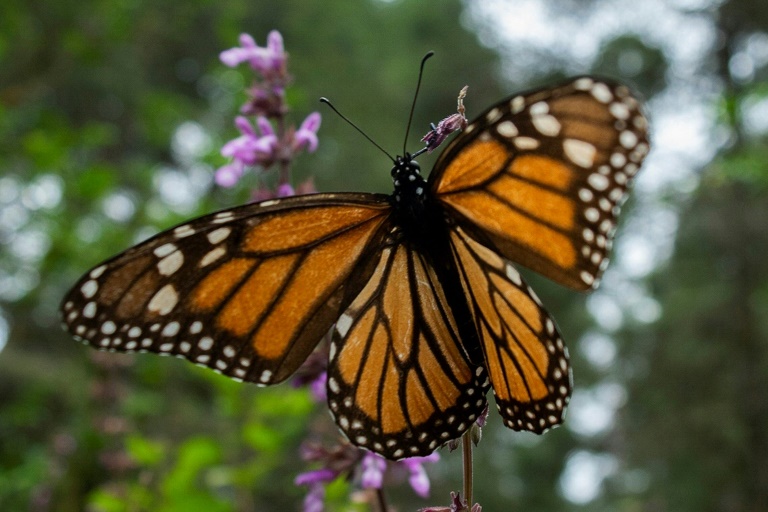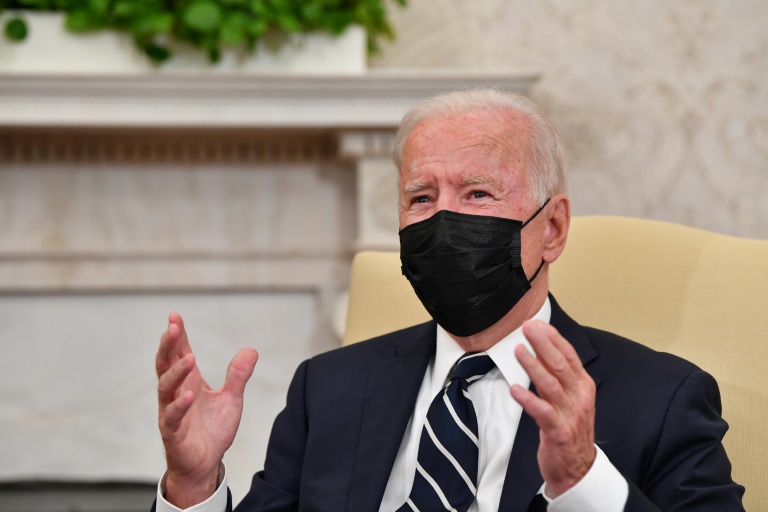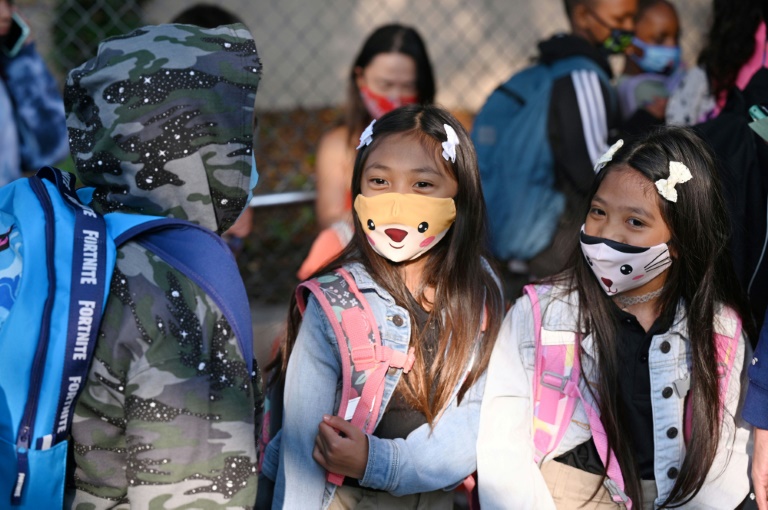Ida forecast to hit US as 'extremely dangerous' Cat. 4 hurricane
People were evacuating high-risk areas and lining up to buy supplies Friday as Louisiana braced for Hurricane Ida, which was expected to strengthen to an “extremely dangerous” Category 4 hurricane when it hits the southern United States this weekend.
Forecasters warned of surging seas and flooding that could spill over levees as the storm made landfall late Friday in western Cuba as a Category 1 storm, packing maximum sustained winds near 80 miles (130 kilometers) per hour.
“The time to act is NOW. Hurricane Ida is now forecast to make landfall as a category 4 hurricane,” the US National Weather Service urged in a tweet, after the National Hurricane Center (NHC) branded the storm “extremely dangerous.”
That level is the second-highest on the Saffir-Simpson hurricane wind scale, with a minimum winds of 130 miles per hour.
The NHC forecast a storm surge of up to six feet (1.8 meters) above normal tide levels on Cuba’s Isle of Youth and warned Friday of expected “life-threatening heavy rains, flash flooding and mudslides” on Jamaica and the Cayman Islands.
Ida struck Cuba in the province of Pinar del Rio, the current coronavirus epicenter of the island. More than 10,000 people were evacuated and the electricity was cut off ahead of the storm as a precaution.
In the capital Havana, public transport was suspended by midday and thousands of people evacuated.
Louisiana officials have already ordered mandatory evacuations outside the levee-protected areas of New Orleans — which was devastated 16 years ago this month by Hurricane Katrina — and flood-prone coastal towns on the state’s coast such as Grand Isle.
“People are packing and leaving right now,” Scooter Resweber, police chief in Grand Isle, told nola.com. “We know this is going to be a big one.”
Louisiana declared a state of emergency in preparation for the storm, which is forecast to make US landfall late Sunday.
The declaration, approved by President Joe Biden, will funnel federal supplemental funds and aid to the southern state to bolster its emergency preparedness and response efforts.
– ‘Potentially devastating’ –
Louisiana is frequently hit by major storms. New Orleans remains traumatized from Katrina in 2005, which flooded 80 percent of the city and killed more than 1,800 people.
“Now is the time for Louisianans to get prepared,” tweeted the state’s governor John Bel Edwards, calling on residents to “make sure you and your family are ready for whatever comes.”
But New Orleans mayor LaToya Cantrell told residents inside the city’s protective levee system to stay in their homes.
“We do not want to have people on the road, and therefore in greater danger,” she told nola.com.
A public shelter was being prepared for people who could not evacuate but did not want to shelter at homes, she added.
NHC said the storm was likely to produce heavy rainfall and “considerable” flooding from southeast Louisiana to coastal Mississippi and Alabama.
“Potentially devastating wind damage could occur where the core of Ida moves onshore,” the hurricane center noted.
Last week, a rare tropical storm struck the US northeastern seaboard, knocking out power to thousands of Americans, uprooting trees and bringing record rainfall.
Henri missed New York City by several miles but still forced the halt of a star-studded Central Park concert billed as a “homecoming” for a metropolis hard-hit by the pandemic.
Scientists have warned of a rise in the number of powerful cyclones as the ocean surface warms due to climate change, posing an increasing threat to the world’s coastal communities.








